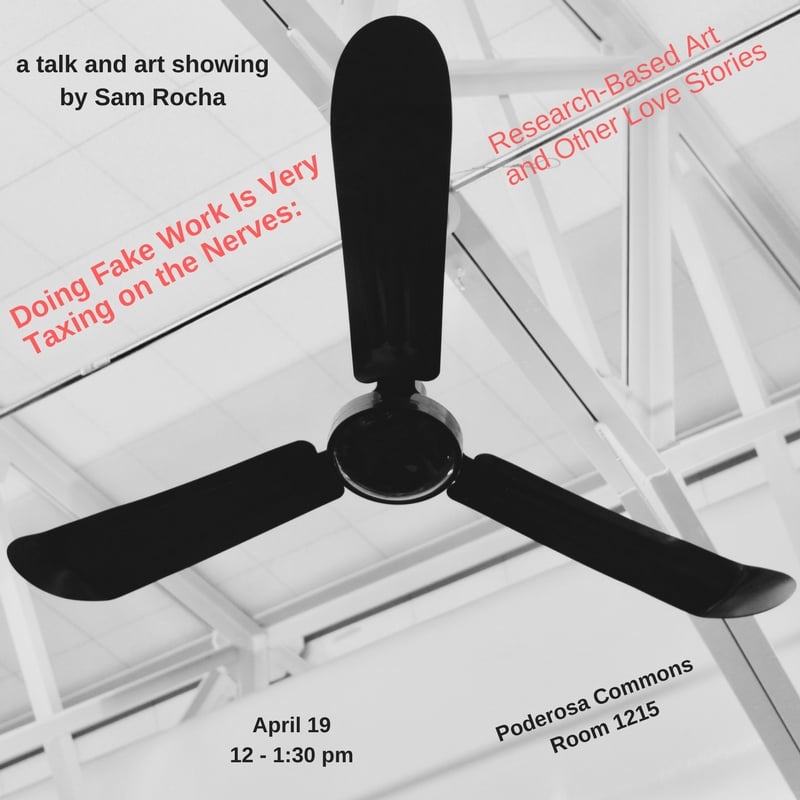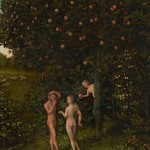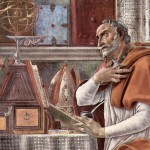
Over the past year I’ve been writing a short book: Liturgy as Mystagogy: An Introduction to a Curriculum of Life. The sentiments motivating that project are one in the same with the memo I posted yesterday about Christmas. The governing idea is a familiar one. It echoes the directives from our most recent popes: we need to build and foster a domestic Church in our homes and families. This is at the very heart of the Year of Faith. Doing it is simple but rigorous. We must submit to the order and timing — the beauty and sufficiency — of the Catholic liturgy.
Nothing more, nothing less.
This is why I am so passionate about waiting for Advent and Christmas to come in their proper time and due season: it is the primary way through which we are educated and initiated into our faith. Especially for our children. Our daily lives should submit to and imitate the life of the Church.
I’d like to offer more than a wagging finger. Here is a talk I gave this past summer on some of the ideas within the book. It more or less follows the annotated outline below it. I hope it offers more context and background to what’s at stake, including personal testimony and the “School for Ants” scene in Zoolander.
I. Three Introductory Stories
“Sam, the Protestant Guitarist” — “Dancing at Weddings” — “Amor y Pedagogía.”
“You were able to redeem from pedagogy a man, to make a man from a candidate for genius, may you make men, men of flesh and bone; with the companion of your life may you make them, in love, in love, in love, and not in pedagogy!” (Miguel de Unamuno, 1906)
II. Living in a Protestant/Secular Culture
Two examples come to mind that extend the remarks I made about modernity in the previous lecture and illustrate our present cultural situation. First: the yearly “Merry Christmas vs. Happy Holidays” controversy is certainly a religious conflict, but not a Catholic one. This debate rages during the season of Advent, not Christmas, and both greetings are abandoned during the liturgical season of Christmas. Catholic culture is excluded altogether, yet many Catholics take sides in this fight, leaving their cultural position untended. Second: the recent film “For Greater Glory” has garnered some very hasty comparisons to the current climate in the United States. Mexico has a Catholic religious identity (inherited from Spain) that is distinct from the Puritan/Enlightenment sensibilities of the United States. To be clear: Ecumenism is good and of great and serious importance, but equivocations between religious cultures do not promote Church unity anymore than mistaking one’s self for a grizzly bear promotes ecological harmony.
III. Catholic Culture Requires Catholic Art (and Vice-Versa)
Consider the following questions and answers:
Q: What is Catholic art?
A: Catholic art is any thing created by a Catholic artist.
Q: Who is a Catholic artist?
A: A Catholic artist is someone whose art is produced from a distinctly Catholic imagination.
Q: Where does a Catholic imagination come from and how does it happen?
A: Imagination is made up of complimentary internal and external influences: internally from the human person’s interior life — conscience, heart, and mind — and externally by the surrounding cultural context. A Catholic imagination is no different, but it emphasizes the external aspect. Catholic imagination originates from a Catholic culture in the same way that one acquires an ear infection from a bacterial culture: by dwelling, simmering, and stewing in the same place for enough time.
Q: And what is a Catholic culture?
A: There have been and are many of them throughout the last two millennia to the present day, but they all share the same religious metronome, the same heartbeat, the same funky groove: Liturgy. Catholic cultures occur when and wherever a community lives in harmony, sync, and step with the liturgical pulse of the Church. This is the design and purpose of the structure of the Church: it is setup to allow for Catholicism to culture — and infect.
Q: Just why should I care about all of this today?
A: Today we, Catholics, find ourselves living in the most pedagogical, schooled time in human history, but we are slowly becoming mystagogical analphabets, with a receding cultural memory, forgetting how Catholics have danced in the past, and, more alarmingly, preferring to dance to other, more prevalent, liturgical bands and beats. Knowing about Catholicism is not the same as being Catholic. Liturgy as mystagogy is about how the liturgy teaches us to be, to dwell, to love in a distinctly and unmistakably Catholic way.
Q: What is required to live in a Catholic culture?
A: It is simple and free to live in a Catholic culture: one must BE Catholic. Being is all that is required. Do not be fooled, it is difficult to be: to be, one must be-in-love. In a Catholic culture, reading and writing and knowing are all optional. It is possible for pedagogically illiterate, unschooled people — people like Monica — to live and love in a Catholic culture. But it is impossible for mystagogically illiterate, uneducated people to live and love in a Catholic culture.
IV. The Need to Move, to Dance Like Catholics
We need to move. We must dance to live, just as the heart must have a pulse to be alive. Ours is not a stagnant, static, or dead faith. It is alive and dynamic, in constant motion and revolutionary conversion (metanoia). In these heady (modern) times, let us pray for a conversion of the heart: from schooling to education, from orthodoxy to orthopraxy, from pedagogy into mystagogy. From a passive approach to religious culture to an active and artistic one, rooted in an awareness and appetite for the constant, heartfelt presence of Catholic liturgy in our daily, ordinary lives. The timing of Benedict XVI’s call to a Year of Faith is a perfect opportunity to begin anew.












